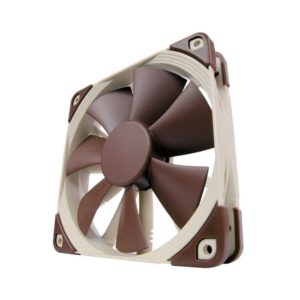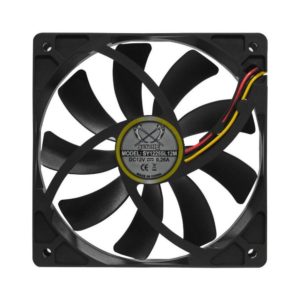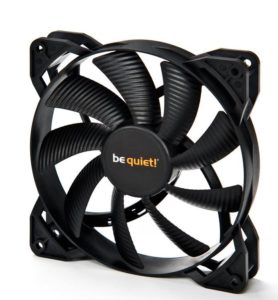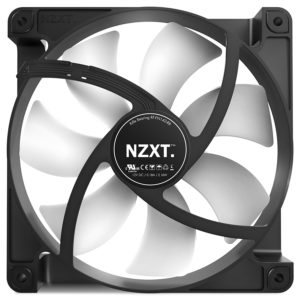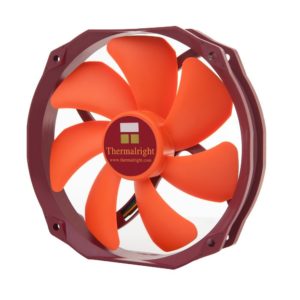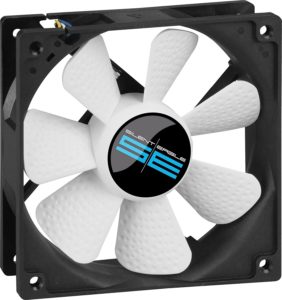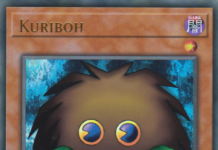Will a better case fan improve performance?
Adding an aftermarket fan or two can improve the looks of your PC and make it quieter. Will it boost your framerate in games significantly or reduce rendering times significantly in creative work? Not really.
What are the differences between large and small fans?
Fans come in 3 standard sizes: 80mm (small), 120mm (medium) and 140mm (large). Generally, larger fans are better: more airflow and less noise.
However, sometimes smaller fans are needed to conserve space in some instances. Most CPU coolers are sized to match 120mm fans. Most back panels of cases also use 120mm because the ports from the motherboard and PC don’t leave much room for a 140mm fan. Very compact PC cases may use 80mm though.
Are the fans on CPU Coolers replaceable?
Absolutely. You can definitely replace the fan on a heatsink with a different fan. Or you can buy a heatsink and put a good fan on it. Most heatsinks use fan clips (sometimes screws) to mount on the fan, so they are designed with customization in mind. Many CPU coolers also provide the option to add a second fan on the other side of it, although this is not necessary.
Are stock case fans good?
Stock fans are good enough on the performance side of things. However, while they are usually not obnoxiously loud, they can be on the noisy side for those who want silent builds. Cases in the higher-end range (such as ones made by Be Quiet) tend to have better fans. It’s a case by case basis (pun intended).
Should I replace my case fans?
For reducing noise? Yes. For improving performance? Yes, if you are a mid-high to high end user. While case fans are not nearly as much of a determining factor on your performance as having a great CPU or GPU, the good thing about a case fan is that it is a performance upgrade you can make for only $10-15.
Is the fan on the power supply replaceable?
Some people want to know if it is possible put a quieter fan on their power supply instead of just buying a new one. Yes, with an asterisk. ATX power supplies accept 140mm fans. You can use a different fan for your power supply but you will have to void your warranty in opening it up in order to do so. If you are okay with that, then there are a few ways of doing it.
One way involves soldering your new fan’s wiring in the place of the stock power supply fan’s. You can also find a fan with the same adapter as the one in your power supply, if it is connected with a detachable cable. Another possibility is using a chassis fan (powered by your motherboard instead of your power supply) and just sticking it inside the power supply box. Of course, for this method, you would want a fan that’s controllable because it would be noisy at 100% default spinning rate. And you want to make sure, for the sake of safety, that the fan is spinning at a reasonable rate at all times (and isn’t off).
Can I replace my video card’s fan(s)?
As said with the power supply, yes, but it will void your warranty. Video cards use smaller fans so no matter what, it won’t be the most ideal option for having low noise at high loads.
How many case fans should I have?
1 fan to take in air (usually from the front or bottom of the case) and 1 fan to exhaust the air (usually on the top or the back of the case). In benchmarks I’ve observed, beyond 3 fans (two intake and one exhaust), there is little to no benefit (aside from pure cosmetics) to go for 4+ fans.
Should I buy RGB fans?
For functionality, no. But If you like RGB and want to pay a premium for it, sure. However, don’t just buy the fan because it looks good in online pictures. Many RGB fans look great in ads but then the colors look much flimsier in person. Also, make sure the fan offers good airflow and low noise – and that its not just a gimmick.
To wrap up this article, I’m going to post charts of data compiled by us.hardware.info, which tested 71 different fans in 2016 and benchmarked them.
This is a list of the fans which offer the very highest airflow. Although these cans come at the expense of noise. They often make 40-60 db of noise, which is quite a lot. These fans are only for the most hardcore enthusiasts that don’t mind noise.
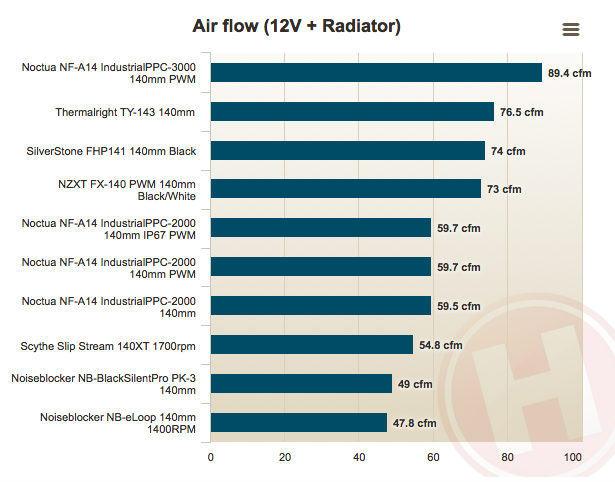 The below chart measures which affordable ($<17) fans offer the most airflow (measured in CFM) when ran at 30db. This three metrics (price, noise, airflow) are the most important so this is a well-rounded list and practical for consumers.
The below chart measures which affordable ($<17) fans offer the most airflow (measured in CFM) when ran at 30db. This three metrics (price, noise, airflow) are the most important so this is a well-rounded list and practical for consumers.
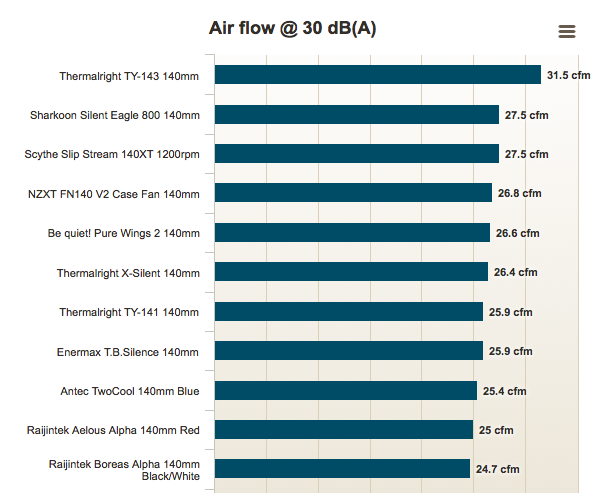
These are the results of fans measured by the same metric of airflow within 30 db of noise, except this includes more expensive options. As we can see, spending double as much on a case fan definitely does not offer double the results.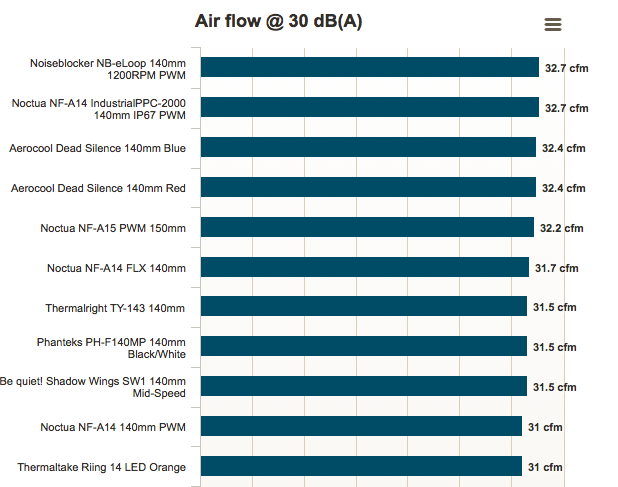
Here are pictures of some of the fans with the best reviews. Most are within an very affordable price range.
